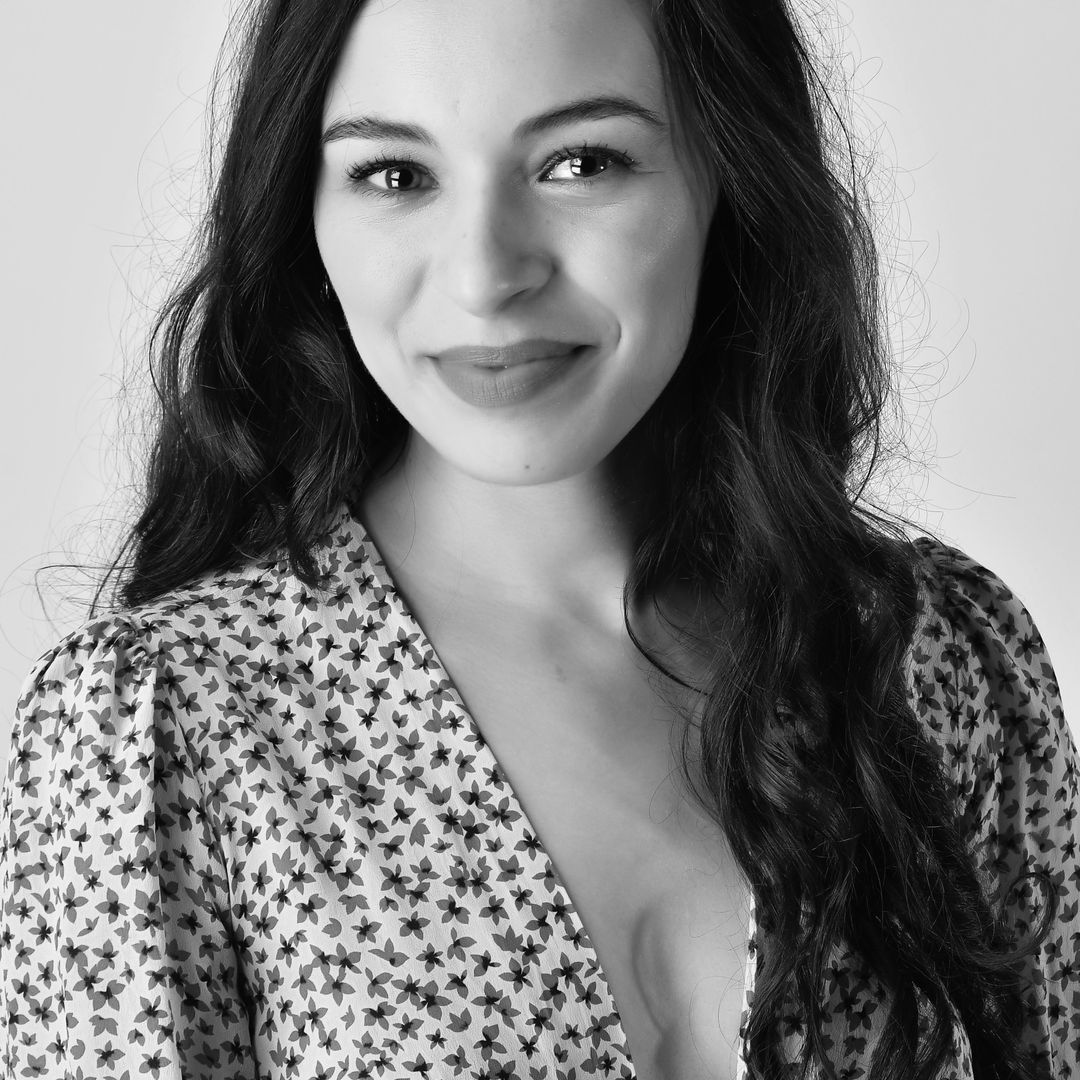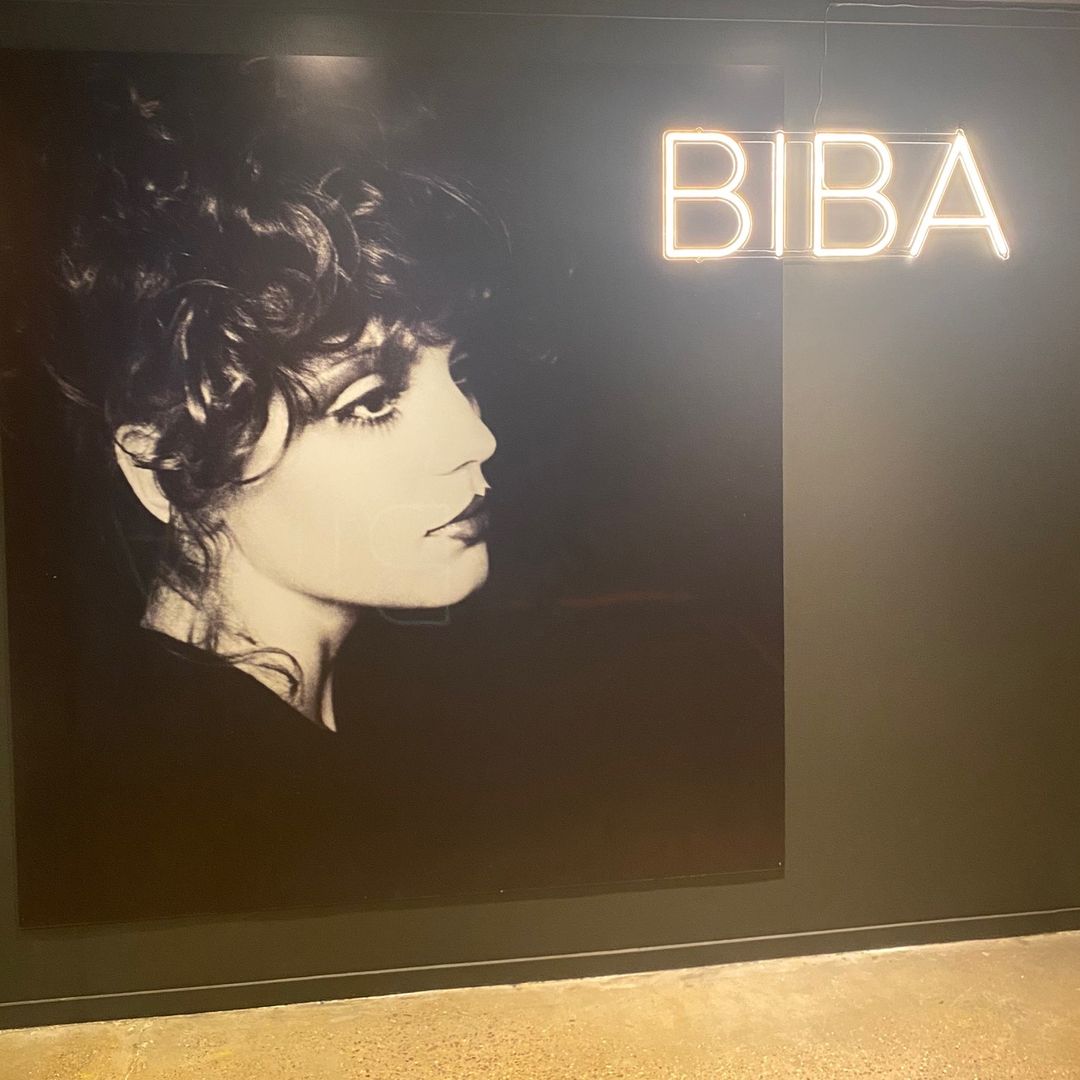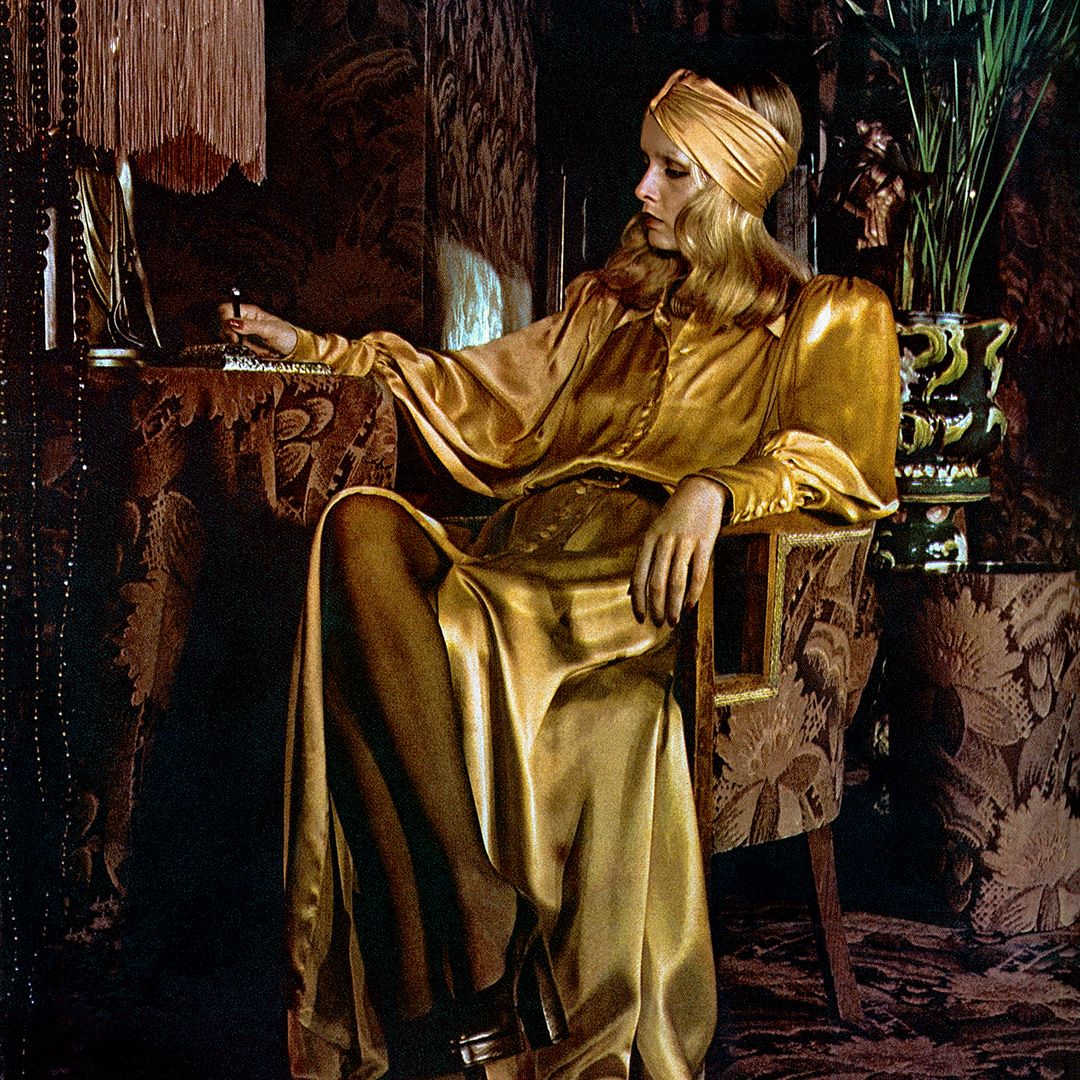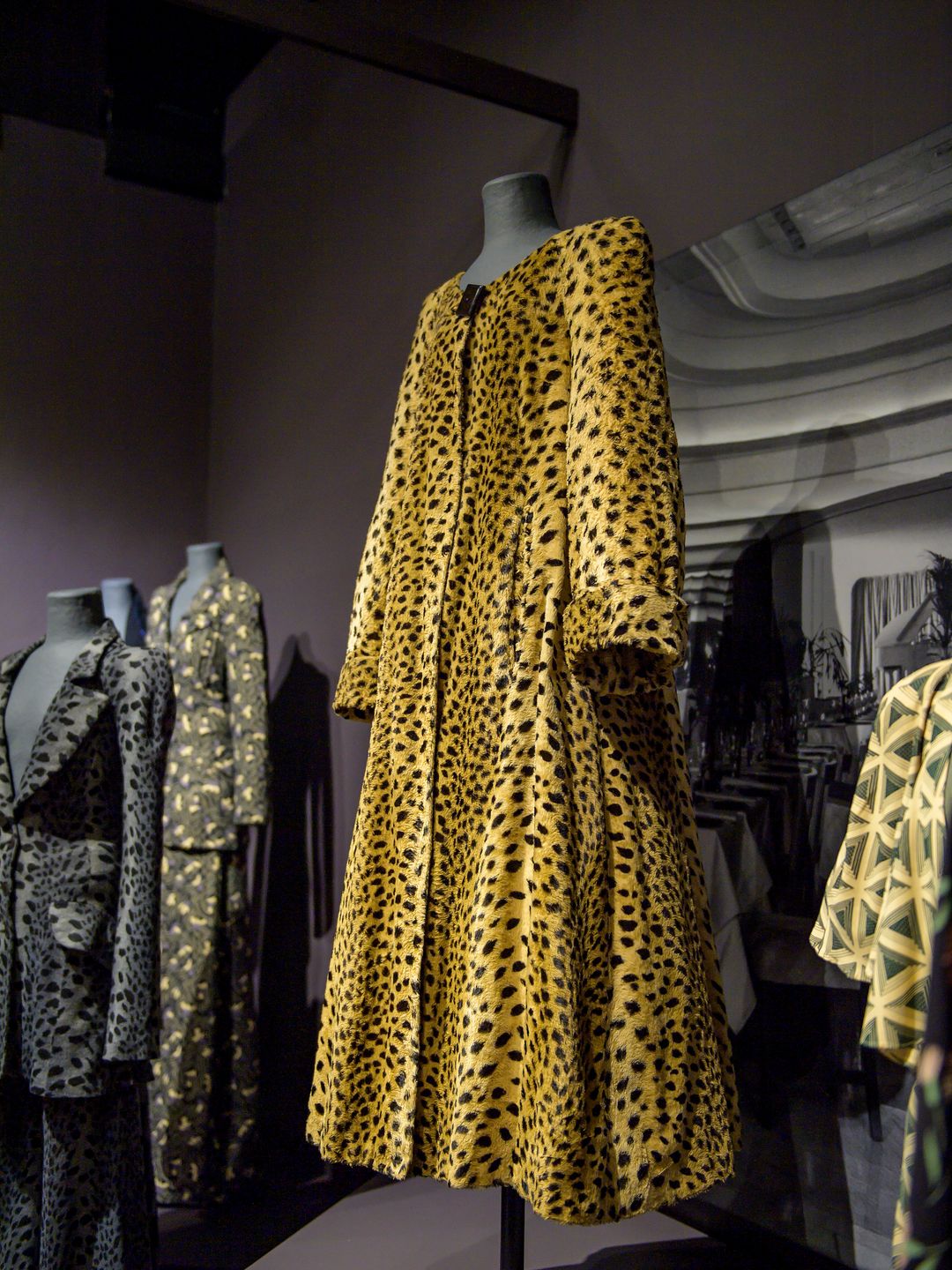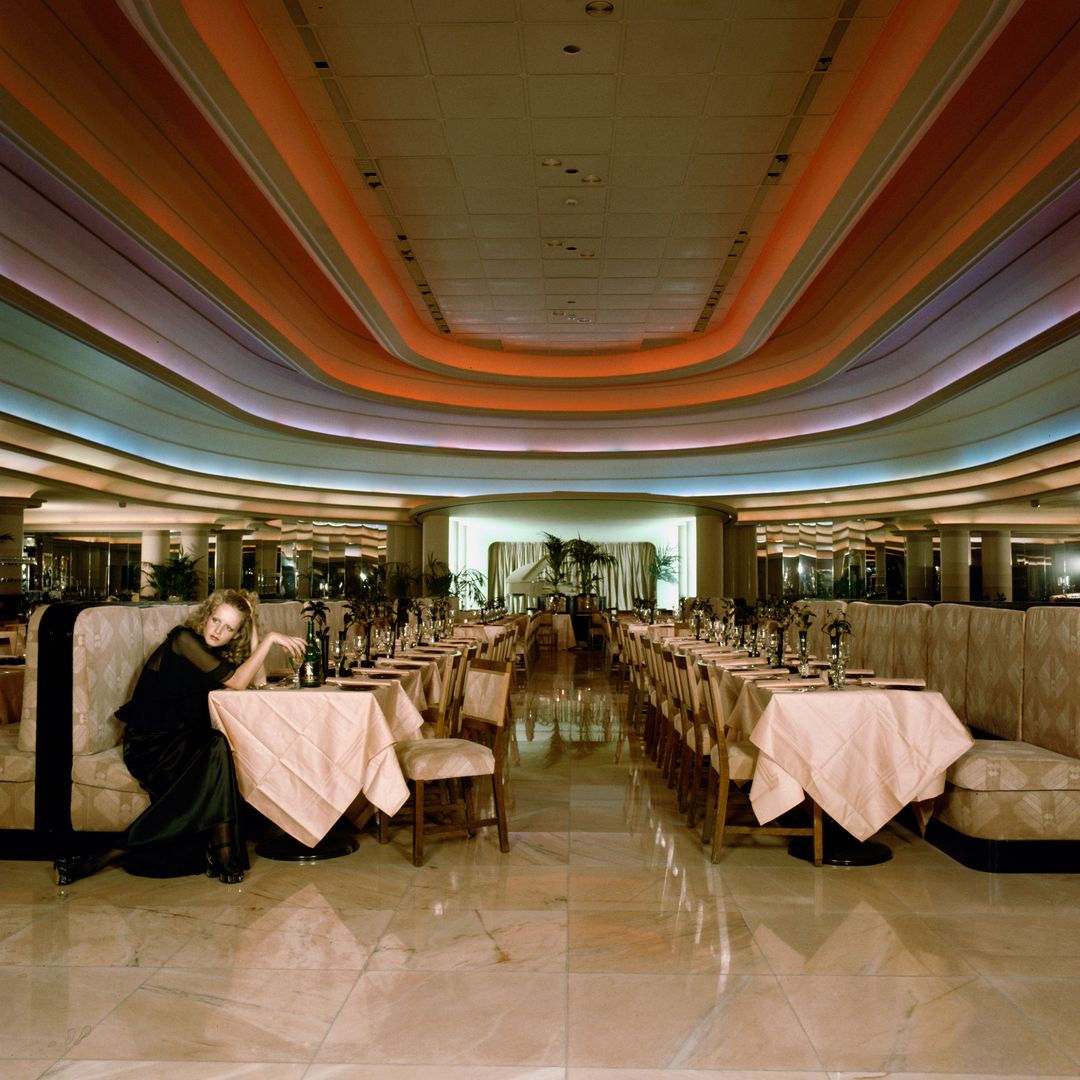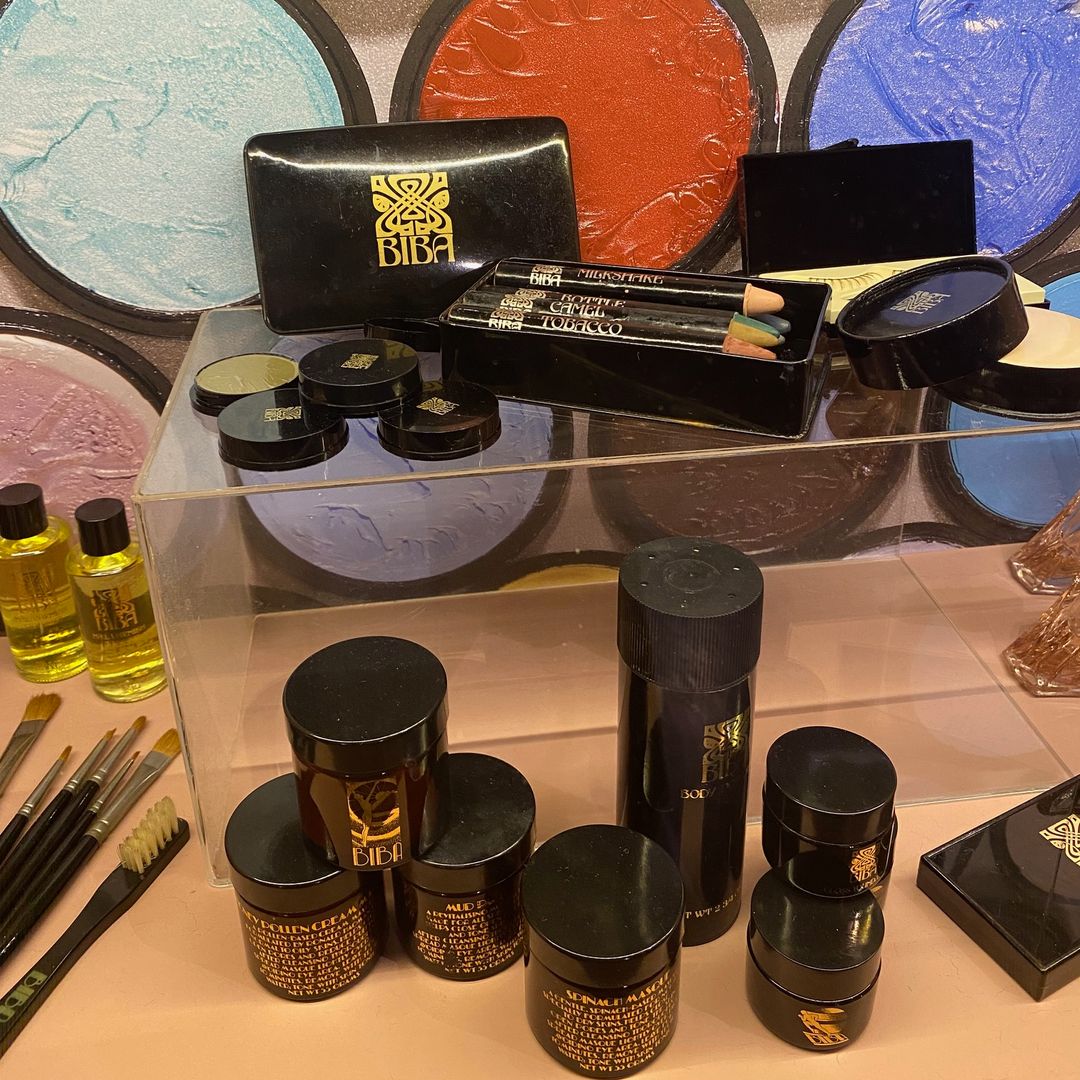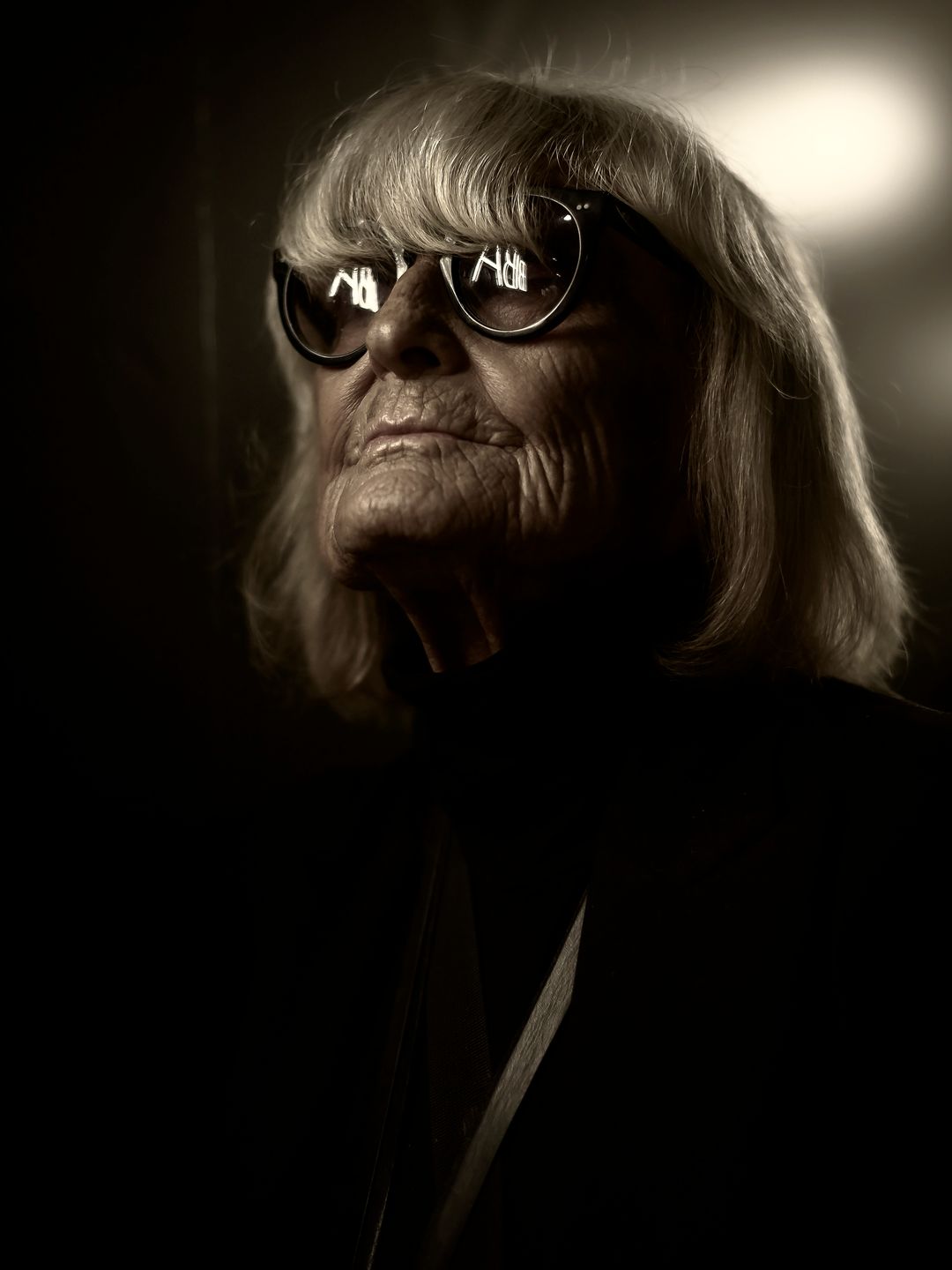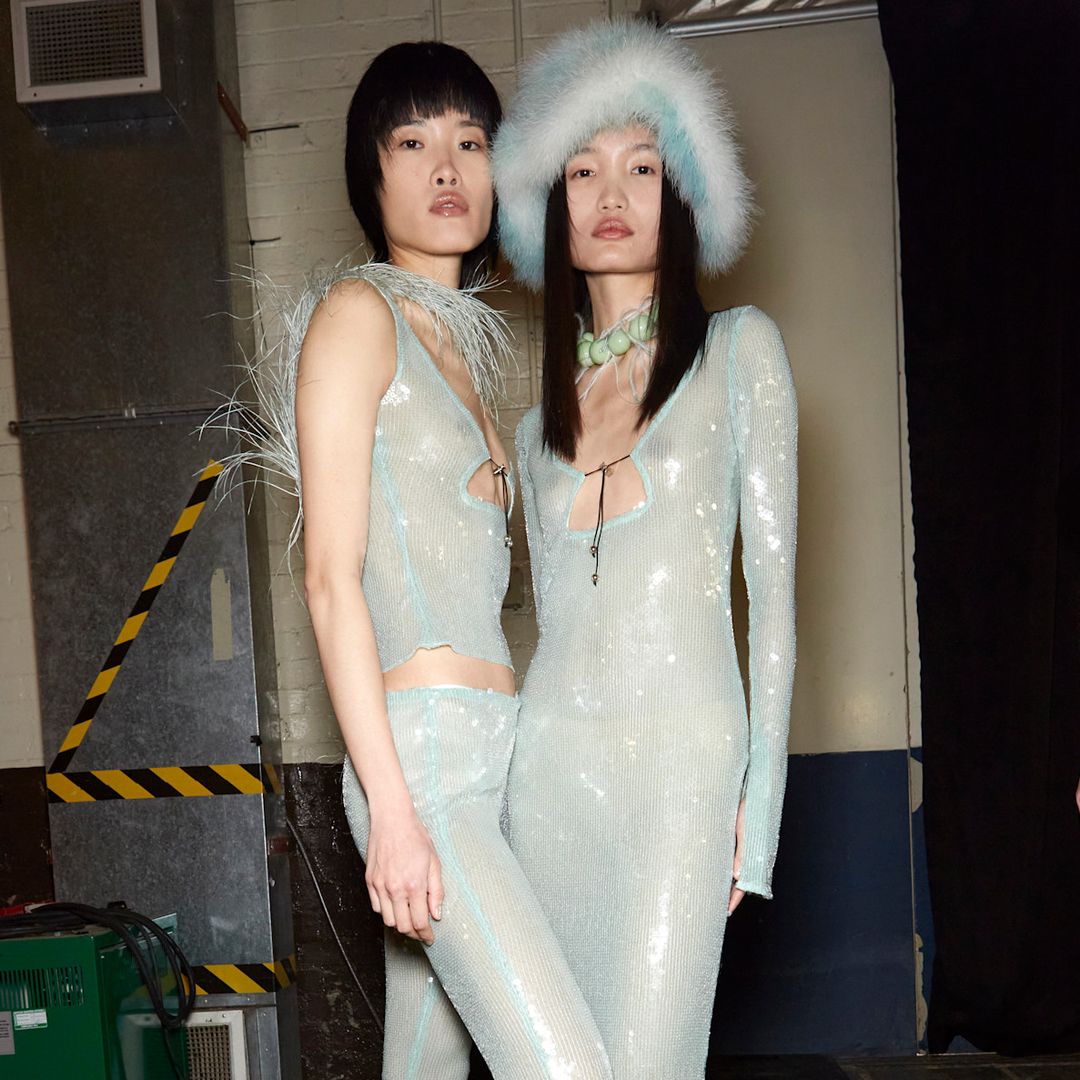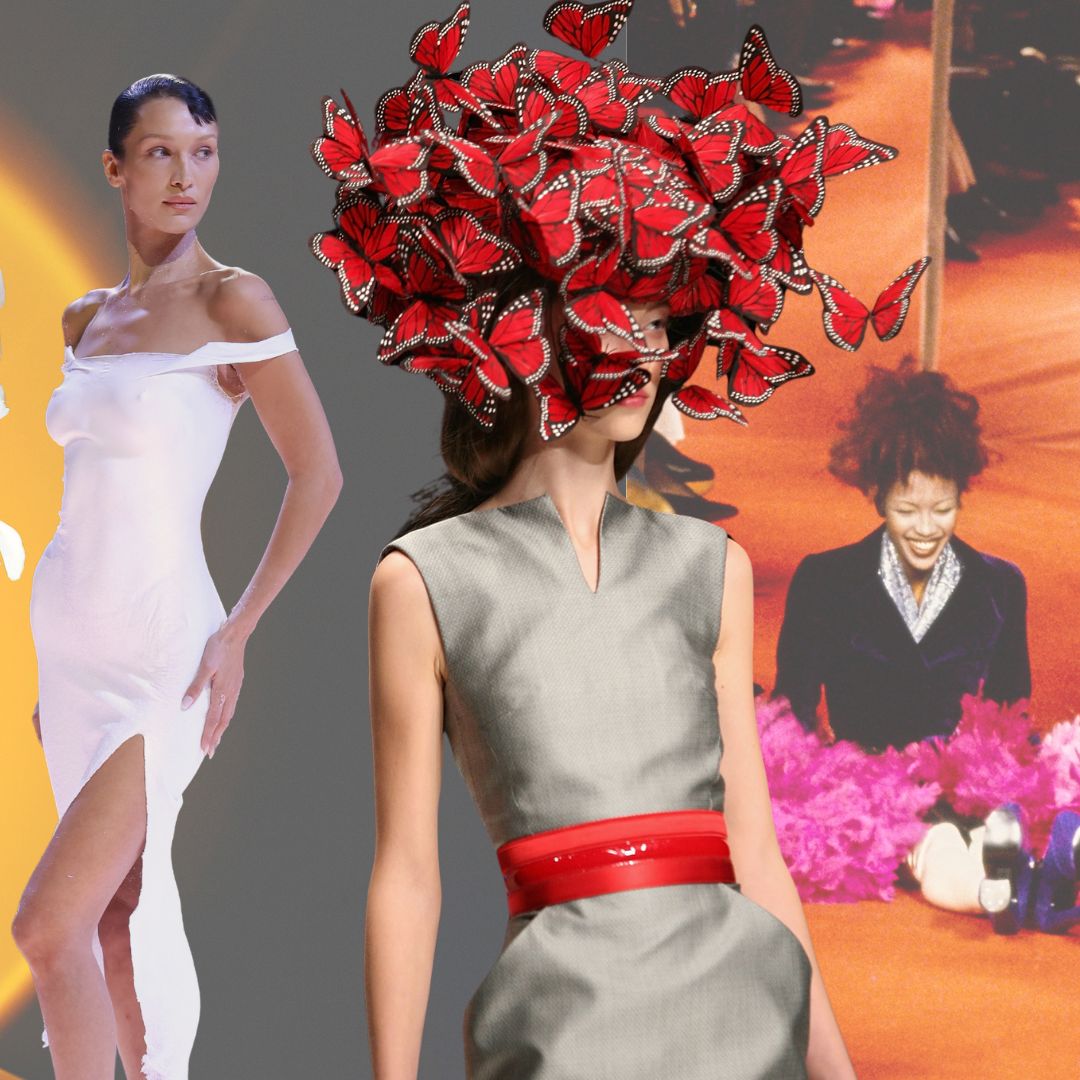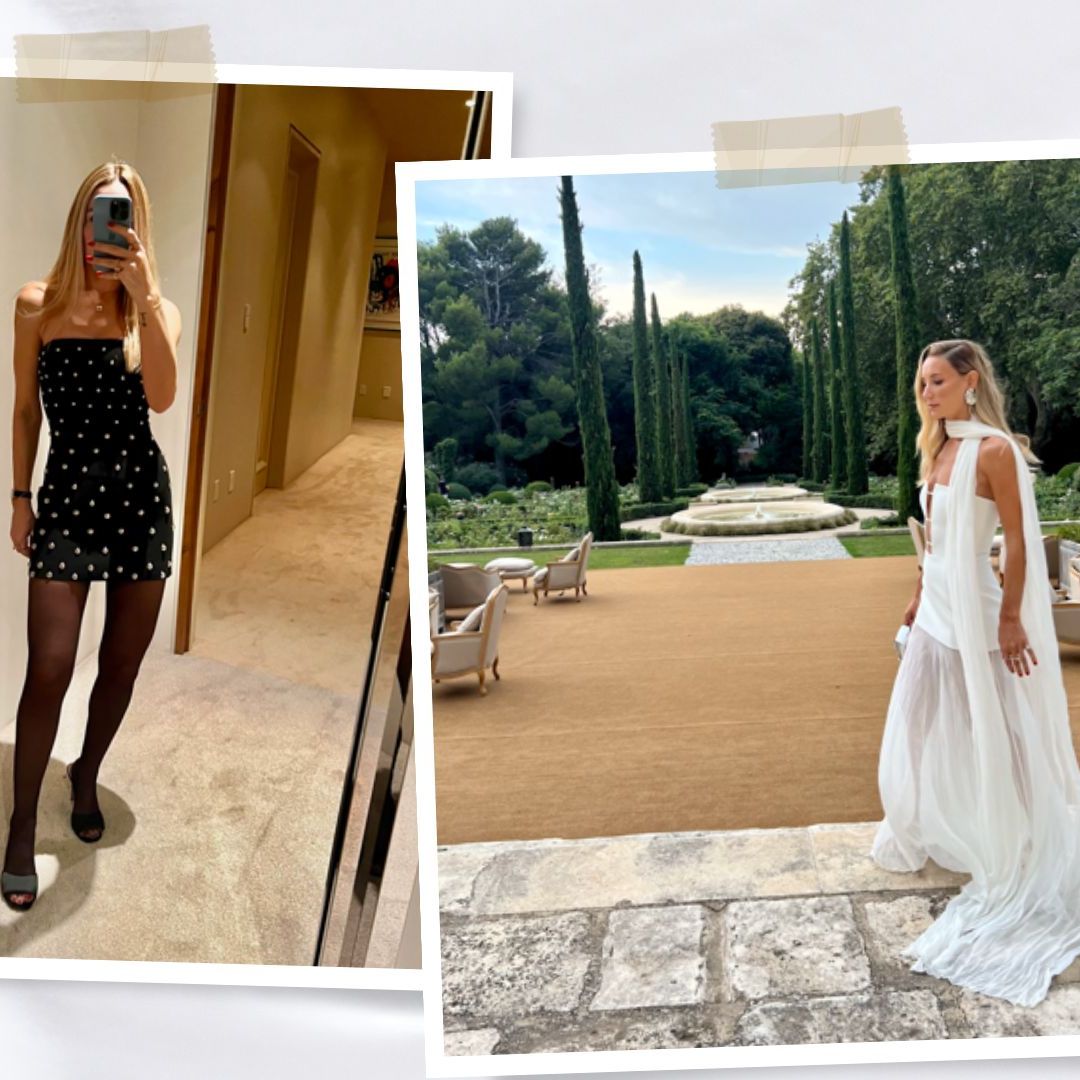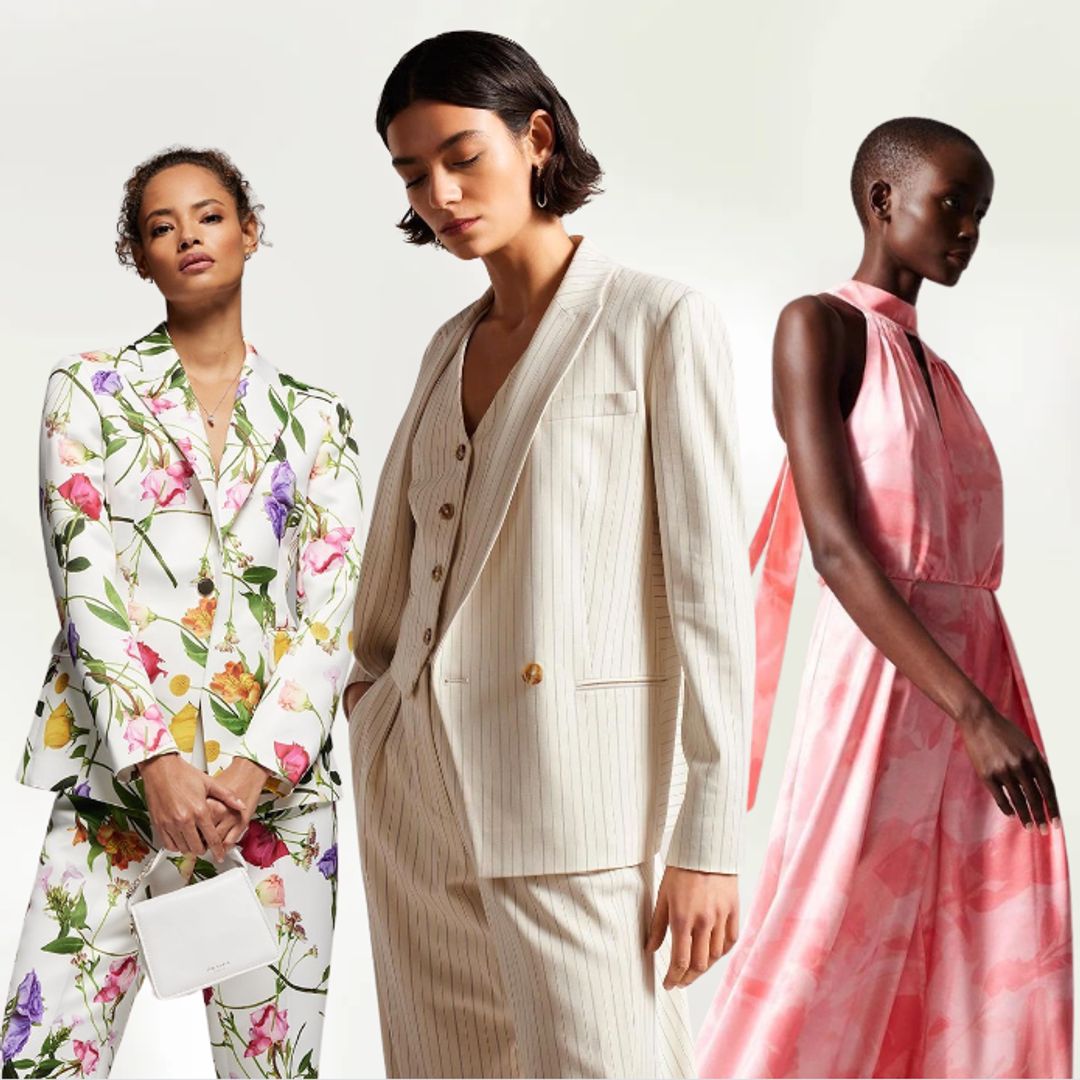Before Bermondsey's Fashion and Textile Museum had even opened its doors this morning, a queue had formed, snaking right the way down the street.
Vintage fashion fans braved the drizzle, eager to be one of the first to immerse themselves in the cultural hub's new retrospective, dedicated to Swinging Sixties lifestyle label Biba.
Curiously, moments before, the exhibition's curator Martin Pel had conjured up a similar image. During an exclusive press preview, he told the tale of a flock of so-called "Dolly birds", lined up outside Biba's Kensington High Street store, each desperate to get their hands on 1969's shoe du jour: the coveted Biba boot. Shop assistants came out onto the streets to ascertain shade preferences and sizing, relaying messages of sold-out colourways, but the crowd didn't disperse. The desire for Biba boots was so strong that any colour would suffice.
People compare the Biba phenomenon, brainchild of Barbara Hulanicki and her husband, Stephen Fitz-Simon, to Mary Quant's sweeping mini skirt craze. The legacy of Quant's knicker-skimming hems is undeniable, but at the time, her clothes were expensive, out of reach for young girls wanting to stay ahead of the latest trends.
That all changed in the summer of 1964 when Hulanicki abandoned her career as a thriving fashion illustrator to devote herself to Biba, then a modest mail-order company offering affordable women's and children's clothing.
Spurred on by the unexpected success of a single pink gingham shift design – she'd hoped for a few hundred orders and received 17,000 – Hulanicki set about democratising fashion, always striving to "get prices down, down, down", having identified a gap in the market for inexpensive, joy-inducing clothes.
Testament to her commitment, many of Biba's early pieces were unlabelled, allowing for cost savings. Great for the savvy shoppers looking to enhance their wardrobes on a budget, less handy for Pel, tasked with tracking down original pieces without insomuch as a tag to guide him.
"The early stuff was quite difficult [to source]," he told Hello! Fashion. "But thankfully, lots of people who worked on the original Biba have been involved with the exhibition."
One of those former "Biba girls" who raided her archive was the first shop manager Sarah Plunket, her contributions making up the majority of the exhibition's Abingdon Road section. Vibrant, girlish prints and shift silhouettes weren't saved for best, but paraded on the city's streets every day.
Exotic leopard prints, poppy psychedelics and frothy boas, the collection is a love letter to 1960s flamboyance, a total must-see for vintage fashion connoisseurs.
With the birth of "Big Biba" in September 1973 – ten times the size of the previous Kensington High Street store – customers entered an ornate emporium. Each of the 15 departments was decorated with its own distinct visual identity: Art Deco, Victoriana, Art Nouveau and Pop Art to name a few.
The atmosphere was electric and enthralling. You could catch a live music performance (the Pointer Sisters and the New York Dolls were among those who played the unorthodox London venue) dine at the 500-seat Rainbow Room restaurant and stop by the beauty parlour, as well as refresh your wardrobe.
The look had developed too, markedly sexier. Plunging necklines and clingy fabrics came to the fore, evolving with the Biba consumer's maturing sartorial palate.
There are too many treasures to mention: achingly chic Helmut Newton catalogue shots, Biba-branded canned goods (FYI: the baked bean tin is empty, the contents of the soups remain intact) and elegant powder puff compacts.
After the heartbreak of losing her beloved creation in 1975 when the brand folded, Hulanicki moved to Brazil. She brought all her clothes with her, only to be persuaded by her husband that getting rid of them would kickstart a new chapter. As the legend goes, she threw her clothes from a great height over the threshold of a favela, watching her designs either be seized or disregarded.
It feels poignant that the enduring, most cherished memory of Hulanicki's Biba odyssey is the camaraderie and spirit. "The back of house, all the staff and everybody that worked there, it was fantastic, incredible, fun" she shared ahead of the exhibition's opening. "Firm and frightening fun."
As Hulanicki aptly put it in 1970, "It isn't just selling dresses, it's a whole way of life."
The Biba Story, 1964-1975 is available to visit from 22 March to 8 September 2024 at the Fashion and Textile Museum, SE1 3XF
HELLO!'s selection is editorial and independently chosen – we only feature items our editors love and approve of. HELLO! may collect a share of sales or other compensation from the links on this page. To find out more visit our FAQ page.

